Medication-assisted treatment, or MAT, is one of the cornerstones of addiction treatment. It combines the use of medication with counseling and behavioral therapies to provide a comprehensive approach to recovery from substance abuse disorders. Does medication-assisted treatment work? MAT is highly effective at helping maintain sobriety, but it must be used in conjunction with other therapies and with a care team for the best results. Here’s a look at medication-assisted treatment and how it can help you during recovery.
Does Medication-assisted Treatment Work For Withdrawals?
Yes, medication-assisted treatment is mostly used thanks to its ability to reduce the intensity of withdrawal symptoms associated with opioid use disorder. These medications used in MAT are specifically designed to help ease discomfort associated with withdrawal, making it easier for individuals to abstain from drug use during this critical period.
Medications used for withdrawals include:
- Methadone: This medication is used to help reduce cravings and withdrawal symptoms, as it acts as a long-acting opioid agonist. It can only be administered through a highly regulated and approved SAMHSA-certified opioid treatment program.
- Buprenorphine: This medication works similarly to methadone but is less potent and can be prescribed by a primary care provider. It is often combined with naloxone into a pill form known as suboxone.
Does Medication-assisted Treatment Work For Cravings?
Cravings are slightly different from withdrawals. While withdrawals can include physically painful symptoms, such as muscle aches, vomiting, and diarrhea, cravings are more psychological. They can be triggered by environmental or emotional factors and can lead to relapse if not properly managed. Thankfully, MAT has also been proven effective in reducing cravings for opioids.
Research has shown that individuals who receive medication-assisted treatment are more likely to engage in counseling and other behavioral interventions that improve their sobriety and recovery. Part of the reason might be because the same medications that manage withdrawals, including methadone and buprenorphine, can also help manage cravings.
In addition, naltrexone is another medication used for cravings. It is an opioid antagonist, meaning it blocks the effects of opioids in the brain and can help prevent relapse. It helps prevent opioids from leading to euphoric and rewarding feelings, making it less likely for individuals to continue using them.
Does MAT Work Alone?
MAT is not a standalone treatment but rather a comprehensive approach that combines medication with counseling and other behavioral therapies. The important thing to remember is that medications and therapy must go hand-in-hand during treatment.
Developing an MAT Plan For Recovery
If you’re planning on seeking MAT as a form of treatment, it’s essential to work closely with a healthcare professional to develop an individualized plan. Here’s a look at how a typical MAT plan may look like:
- Evaluation: A healthcare professional will assess your overall health and any co-occurring mental health conditions to determine the best course of treatment for you. While you might be struggling with active addiction, your provider might also want to treat any underlying mental health conditions, such as depression or anxiety, simultaneously.
- Induction: Once you and your healthcare provider have decided on the right medication for you, you’ll begin taking it under close observation, usually in a medical setting. This phase helps determine the best dosage and monitor any potential side effects.
- Stabilization: During this phase, your medication will be adjusted to achieve the desired effects while also minimizing any side effects. At this point, counseling and therapy sessions may also begin to complement the medication’s effectiveness.
- Maintenance: As you progress through treatment, maintenance involves regularly monitoring your medication’s effectiveness and making any necessary adjustments to ensure long-term success in recovery.
- Discontinuation: When someone is ready to stop taking the medication, their healthcare provider will gradually taper off the dosage to avoid any potential withdrawal symptoms. They will also create a follow-up care plan, which might involve medication that can be taken as-needed or ongoing therapy to maintain recovery.
Discover Your Addiction Treatment Options
Tranquility Recovery is proud to offer high-quality, tailored, and personal outpatient addiction treatment in KY. We want to help you find stability and long-term healing, which is why our partial hospitalization and intensive outpatient treatment programs offer flexible dual diagnosis treatment, MAT, individual therapy, holistic therapies, and more. We stop at nothing to find the best treatment plan for you and make sure that your addiction recovery is successful.
Our programs are designed to provide comprehensive care, addressing both substance use disorders and co-occurring mental health conditions such as depression and anxiety. Don’t wait any longer to seek help for your addiction – contact Tranquility Recovery today to explore our treatment options and take the first step toward a brighter future.


